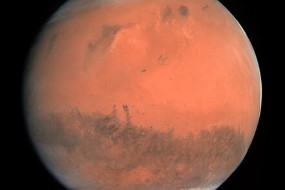Physics, Astronomy, and Space: Teaching Secondary Science
Join astronomers on this course from the Royal Observatory Greenwich and learn to dazzle your students in science lessons while helping them build key career skills.
Who is the course for?
This course is designed for any secondary (11-16) science teachers looking for new ideas or alternative methods to teach space science and astronomy.
Although secondary science teachers in the UK are required to have a background in science, space science and astronomy falls under physics, and not all teachers may be familiar with it while being expected to teach it in school.
If you’re currently teaching science to young people at home as a parent or guardian, this course will improve your understanding of secondary space science and astronomy so you can support young people at home.
What topics will you cover?
Perceptions of science from both teachers and students.
Science capital: the factors that affect a student’s (any person’s) engagement/association with science.
Methods of teaching science using astronomy as a context.
Facts and explanations of astronomy concepts covered in the secondary science curriculum to help teachers build their knowledge.
Ways to extend and encourage further learning outside a class.
Tips and tricks of teaching space science and astronomy online / virtually.
What will you achieve?
By the end of the course, you‘ll be able to…
Explain scientific phenomena that often come up when teaching secondary level space science and astronomy in an accurate and comprehensible way for your students, considering their prior knowledge and common misconceptions.
Discuss student and teacher perceptions of science and use this to inform your teaching practise.
Explore a range of resources that could be used when teaching physics and astronomy and how they could be used to cover multiple disciplines of science along with important skills through working scientifically.
Reflect on how science is taught in classrooms and explore different ways of approaching it.
Identify what science capital is, the dimensions used to measure it and why it is an important consideration when teaching science.
User Reviews
Be the first to review “Physics, Astronomy, and Space: Teaching Secondary Science”
You must be logged in to post a review.







There are no reviews yet.